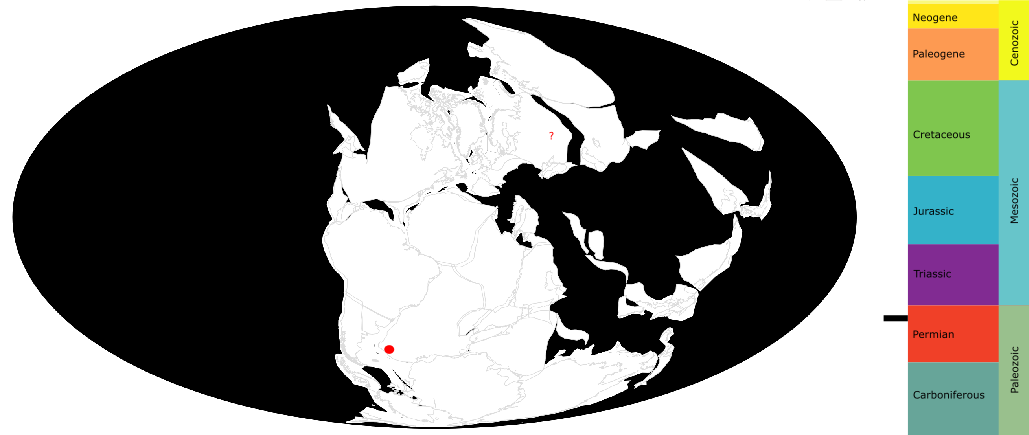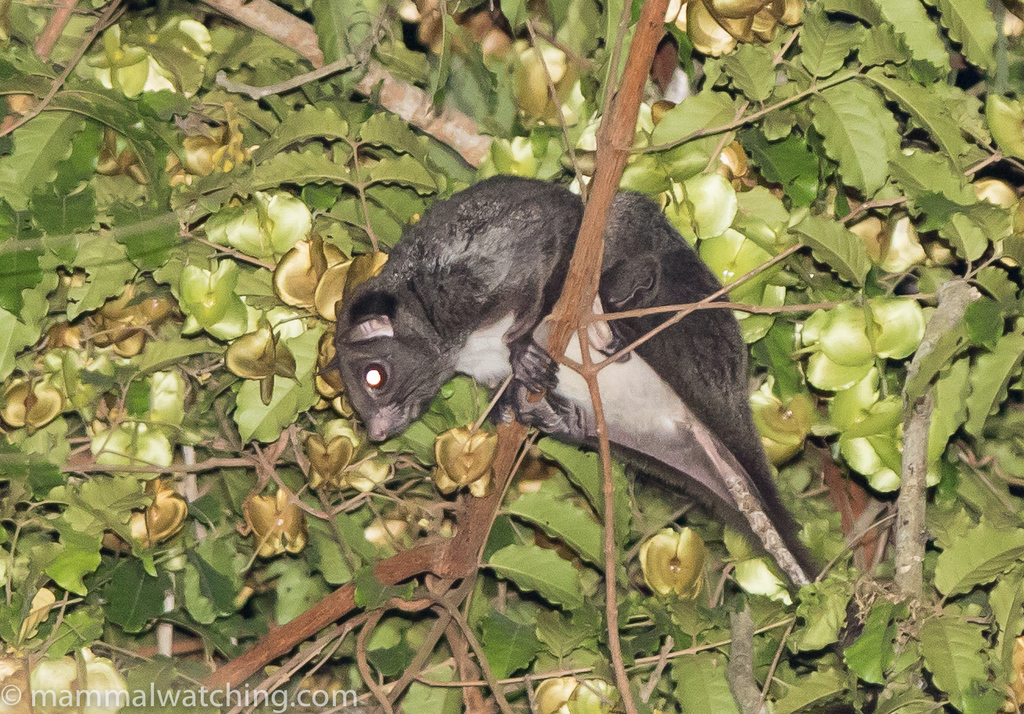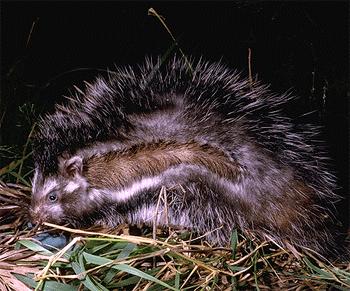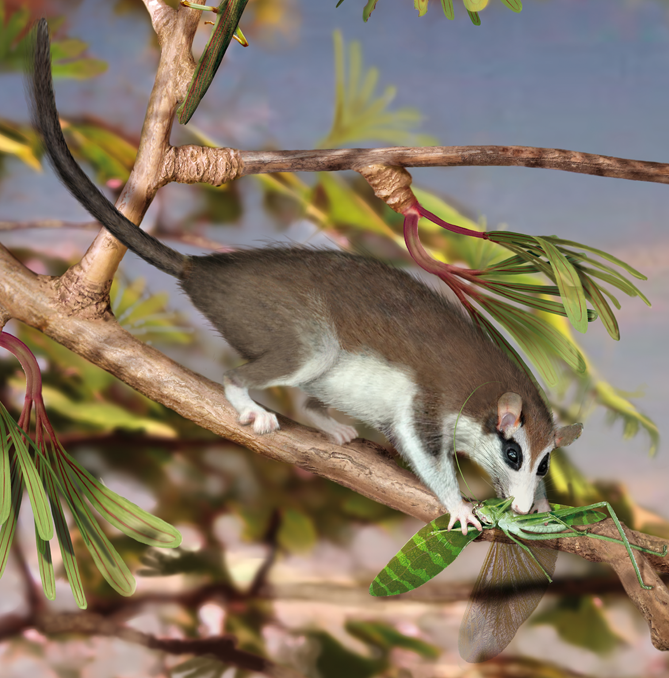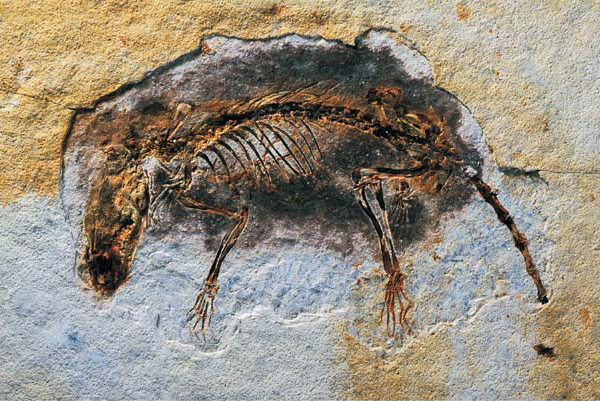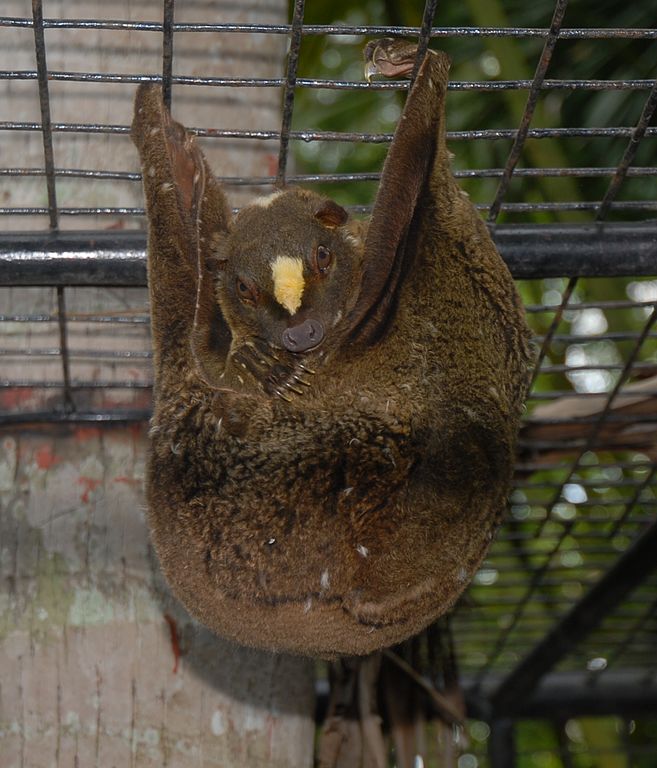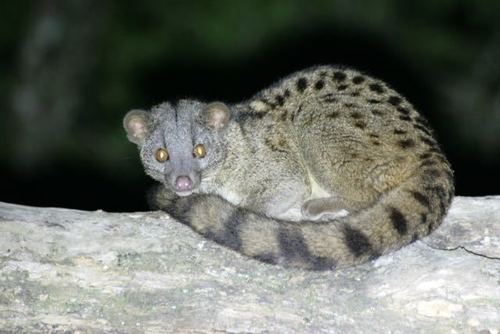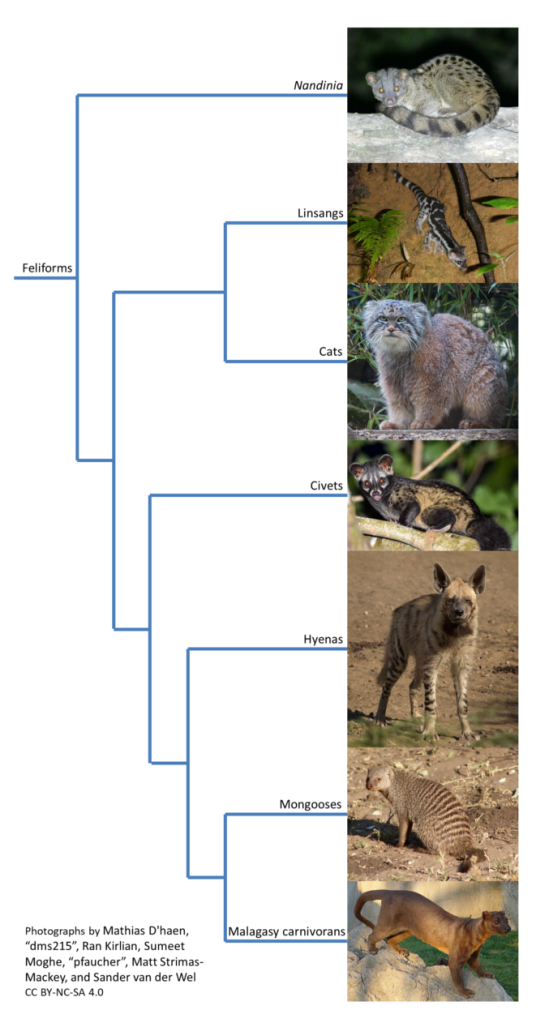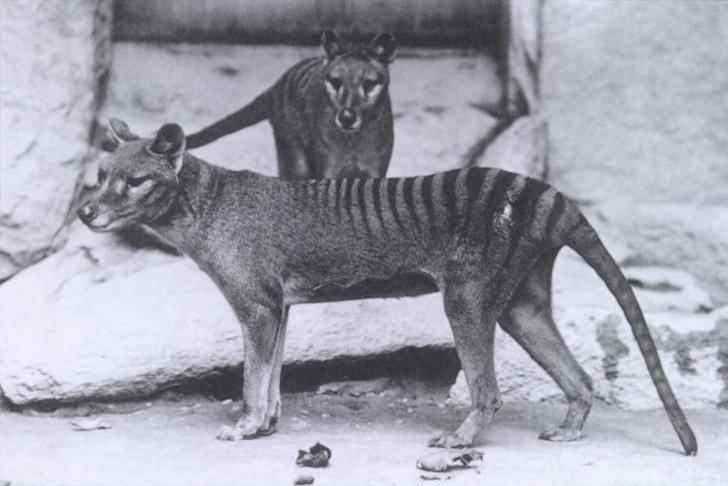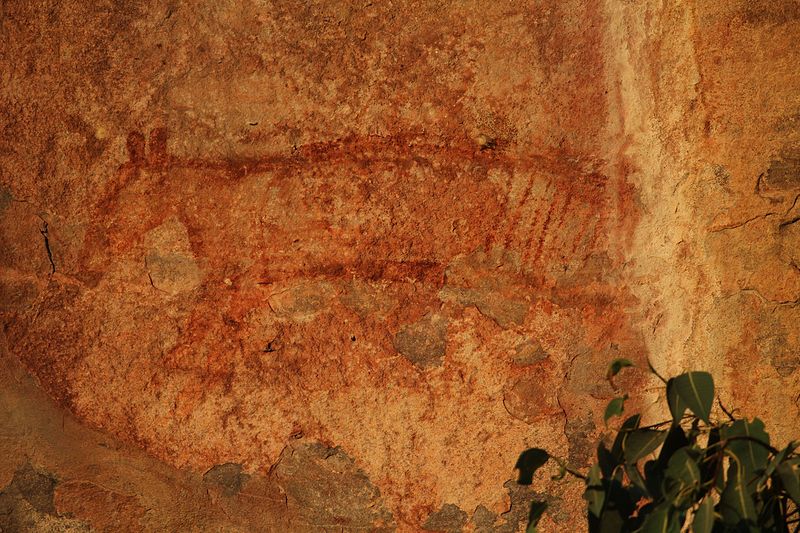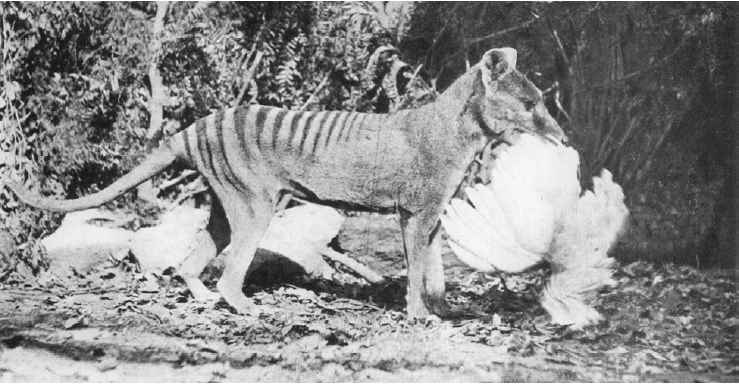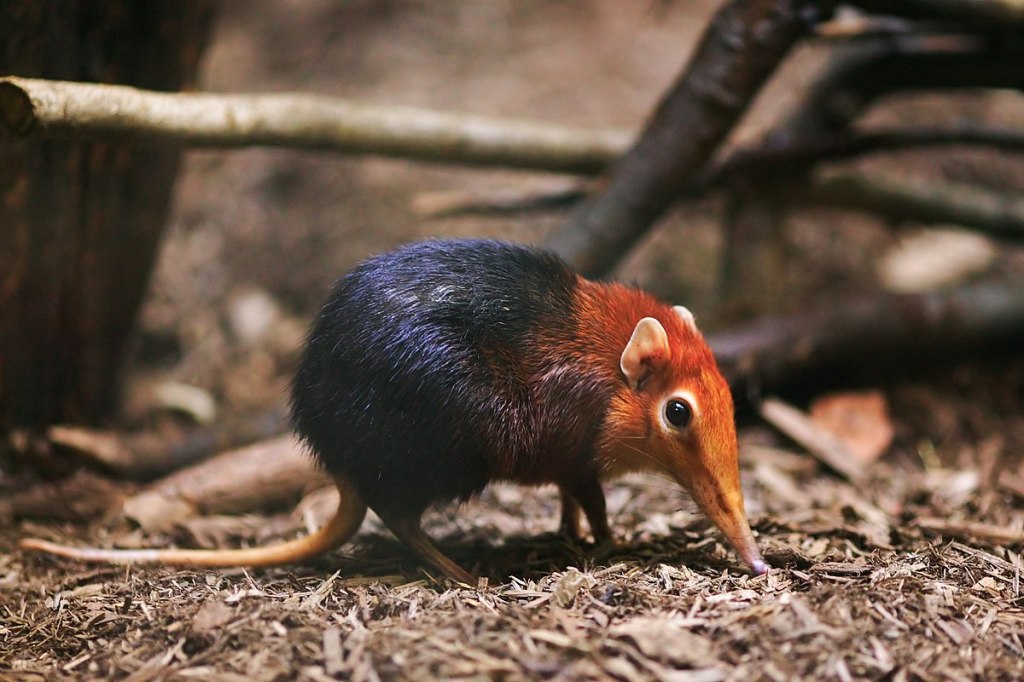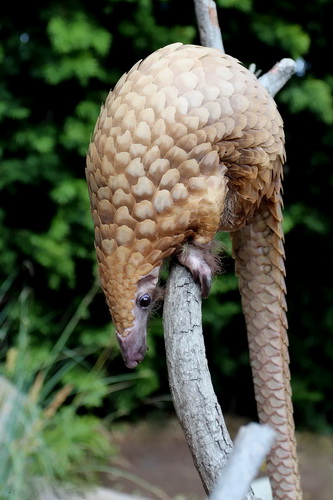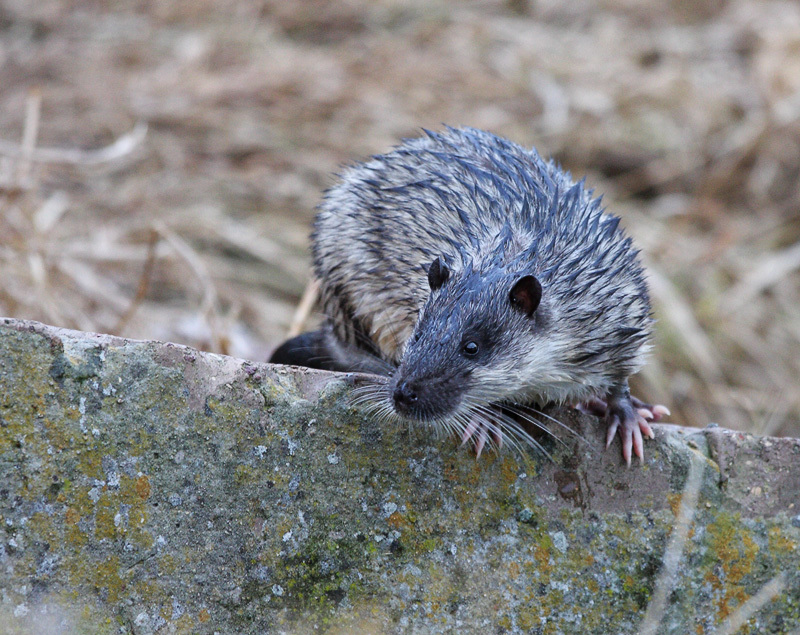
Named by: Geoffroy, 1804
Taxonomy: Synapsida, Sphenacomorpha, Sphenacodontia, Sphenacodontoidea, Therapsida, Theriodontia, Cynodontia, Probainognathia, Mammaliamorpha, Mammaliaformes, Mammalia, Theria, Eutheria, Placentalia, Euarchontoglires, Glires, Rodentia, Myomorpha, Muridae
Included species: H. chrysogaster (type), H. hussoni, H. neobritannicus, H. ziegleri
Australia is known for being a land of marsupials, with placentals widely thought of as having only an invasive presence on the island continent. However, this popular impression is far from the truth. In reality, roughly half of the native land mammals in Australia are placentals.
All of these Australian placentals are either bats or rodents. Whether by flying or rafting, these two groups managed to colonize Australia long before humans. Though rarely given as much attention as Australian marsupials, native placentals have evolved strange adaptations of their own on the isolated Australian landmass. This post will focus on just one genus of Australian placentals, the semi-aquatic rodents in the genus Hydromys.
Strictly speaking, not all species of Hydromys live within the country of Australia. All four species can be found on the island of New Guinea (and thus on the Australian continent), but only H. chrysogaster is found on the Australian mainland. H. chrysogaster also happens to be the best-studied species; as such, the information in this article largely pertains to it. The life history of the other species is poorly known; H. ziegleri had not even been scientifically described until 2005.
Hydromys are deeply nested within the Muridae, the clade uniting Old World rats and mice. Weighing up to 1.3 kg (2.9 lb), they are among the larger murids out there. As previously noted, they are semi-aquatic, and have a number of specializations for this lifestyle. Their eyes and nostrils are set high on their head, in the same horizontal plane as their ears. This a common feature of semi-aquatic animals, allowing them to simultaneously expose their eyes, nostrils, and ears above the water surface. The long, flattened skull and relatively small ears of Hydromys improve streamlining, whereas their partially webbed hindfeet are used for propulsion.
Hydromys swim using alternating kicking strokes of the hindfeet. They can see well underwater and regularly hunt by diving to the bottom of rivers and streams. Unusually among rodents, they are primarily carnivorous. In keeping with their diet, they have a wider gape and faster bite than closely related omnivorous rodents (such as the genus Melomys), allowing them to catch fast, mobile prey. Aquatic insects, crayfish (yabbies), spiders, and fish are important prey for Hydromys, and they can kill birds up to the size of musk ducks (Biziura lobata). They occasionally forage outside of water and have been known to inspect tree hollows for roosting bats. Hydromys have been observed performing some interesting behaviors to procure specific types of food. For one, they leave large mussels out in the sun until the bivalves open by exposure. They are also among the few Australian predators that can prey on highly toxic, invasive cane toads (Rhinella marina). They seem to accomplish this feat by attacking the toads’ underbellies, thus avoiding the well-developed poison glands on their back. After a successful foraging trip, Hydromys carry the captured prey item in their mouth and eat it on a preferred log, stone, or island.
The dense fur of Hydromys gives it considerable insulating and waterproofing properties, but these rodents nonetheless have trouble maintaining a constant body temperature in water that is under 20°C (68°F). To partially mitigate this, Hydromys can tolerate a large drop in body temperature, showing no signs of impairment at body temperatures of 32°C (89.6°F, compared to a normal of 36.6°C or 97.9°F). Even so, it is probably to minimize their time spent under such conditions that they typically leave the water when they are ready to feed.
Given the absence of semi-aquatic marsupials in Australia, the otter-like niche that Hydromys have taken is unique among Australian mammals. (The only semi-aquatic marsupial is the South American yapok, Chironectes minimus.) A primarily semi-aquatic lifestyle in Australian mammals is otherwise limited to the platypus (Ornithorhynchus anatinus), which generally feeds on smaller prey.
References
- Cabrera-Guzmán, E., M.R. Crossland, D. Pearson, J.K. Webb, and R. Shine. 2015. Predation on invasive cane toads (Rhinella marina) by native Australian rodents. Journal of Pest Science 88: 143-153. doi: 10.1007/s10340-014-0586-2
- Dawson, T.J. and F.D. Fanning. 1981. Thermal and energetic problems of semiaquatic mammals: a study of the Australian water rat, including comparisons with the platypus. Physiological Zoology 54: 285-296. doi: 10.1086/physzool.54.3.30159943
- Fabre, P.-H., A. Herrel, Y. Fitriana, L. Meslin, and L. Hautier. 2017. Masticatory muscle architecture in a water‐rat from Australasia (Murinae, Hydromys) and its implication for the evolution of carnivory in rodents. Journal of Anatomy 231: 380-397. doi: 10.1111/joa.12639
- Fish, F.E. and R.V. Baudinette. 1999. Energetics of locomotion by the Australian water rat (Hydromys chrysogaster): a comparison of swimming and running in a semi-aquatic mammal. Journal of Experimental Biology 202: 353-363.
- Helgen, K.M. 2005. The amphibious murines of New Guinea (Rodentia, Muridae): the generic status of Baiyankamys and description of a new species of Hydromys. Zootaxa 913: 1-20. doi: 10.11646/zootaxa.913.1.1
- Nowak, R.M. and J.L. Paradiso. 1983. Walker’s Mammals of the World. Johns Hopkins University Press; Baltimore, MD. 1306 pp.
- Woollard, P., W.J.M Vestjens, and L. Maclean. 1978. The ecology of the eastern water rat Hydromys chrysogaster at Griffith, N.S.W.: food and feeding habits. Australian Wildlife Research 5: 59-73. doi: 10.1071/WR9780059
—Albertonykus

